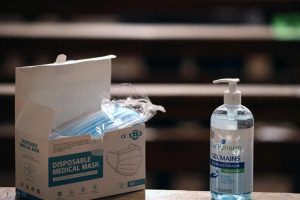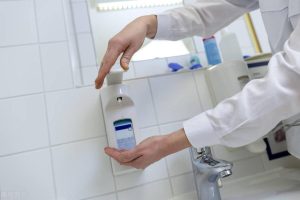In the world of disinfectants, there's a common misconception that a strong smell equates to better disinfection. Let's delve into a comparison of three commonly used disinfectants designed to combat viruses and bacteria, examining their real-world performance.
-
- Chlorine-Based Disinfectants

Chlorine-based disinfectants, such as liquid chlorine disinfectant and chlorine tablets, require higher concentrations for effective disinfection. They come with the strongest odor, coupled with high irritability and corrosiveness, making them prone to lingering residues.
-
- Chlorine Dioxide Disinfectants
On the flip side, chlorine dioxide disinfectants, in tablet form, require lower concentrations. They boast a milder smell, reduced irritability and corrosiveness, and are relatively eco-friendly.
-
- Hydrogen Peroxide Disinfectants
Hydrogen peroxide disinfectants, in liquid form, are known for their environmental friendliness. Some products only require a 1% concentration for effective disinfection. Among these three disinfectants, hydrogen peroxide has the lightest smell, minimal irritability and corrosiveness. Additionally, as it breaks down into water and oxygen, it is gentle on the environment.

After thorough discussion and consideration, especially in the interest of protecting the health of disinfection personnel and minimizing the impact of residues on public health and the environment, hydrogen peroxide and chlorine dioxide disinfectants are favored in general public cleaning and disinfection efforts. So, even if you sense a mild or no odor, rest assured that it doesn't compromise the effectiveness of ensuring proper disinfection.